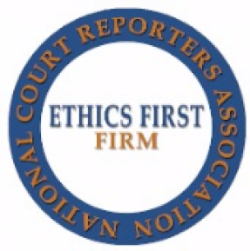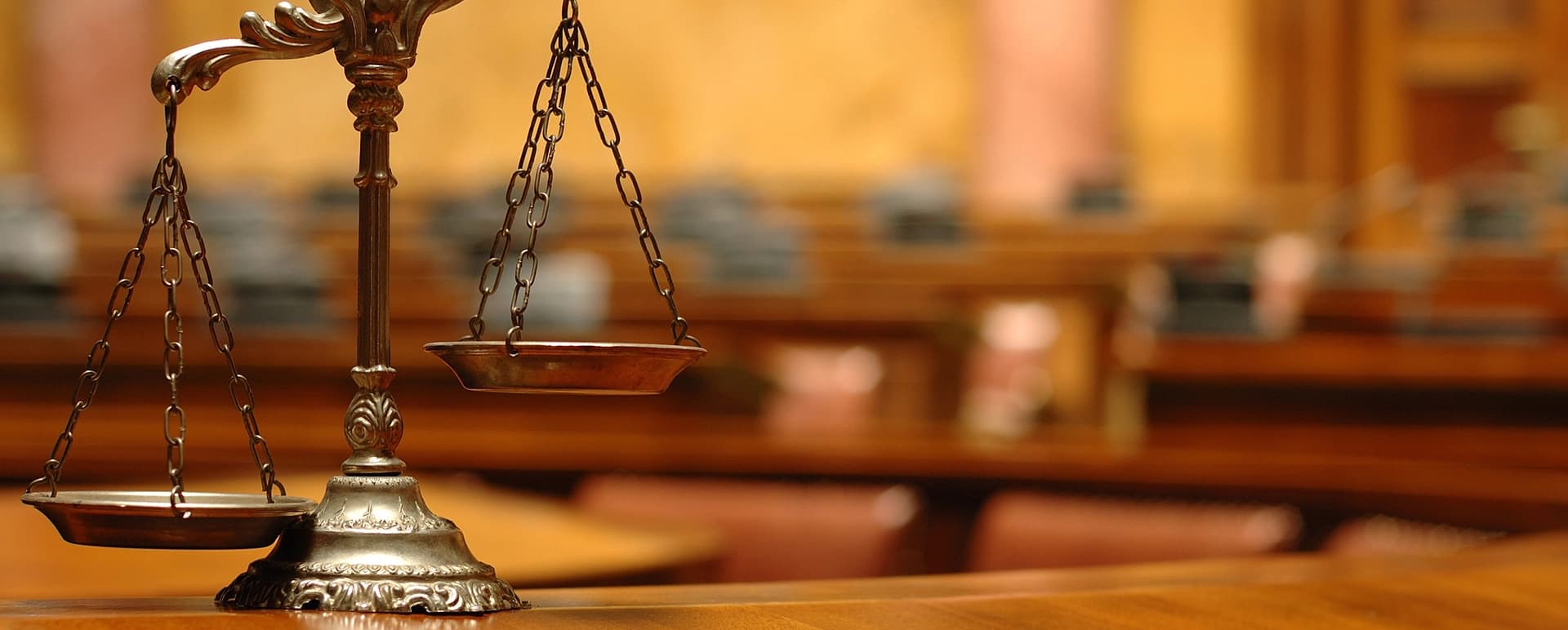Trial Presentation Top-Tier Solutions for Legal Presentations
Trial Presentation Top-Tier Solutions for Legal Presentations
Blog Article
Captivate the Jury: Essential Components of a Powerful Test Discussion
In the world of lawful advocacy, the ability to captivate a court is vital to the end result of a trial (trial presentation). Vital components such as understanding the target market, crafting a compelling story, and understanding verbal and non-verbal interaction are crucial components of a reliable discussion. The calculated use of visual aids can considerably enhance understanding and retention of vital disagreements. As these factors link, they form a natural strategy that not just notifies however likewise engages jurors on numerous degrees. What particular techniques can really transform a standard presentation into a memorable experience for the court?

Comprehending Your Target Market
Understanding your audience is a critical facet of efficient trial discussion. A successful discussion rests on the capability to understand the demographics, values, and tendencies of jurors. This understanding informs how arguments are mounted, evidence is provided, and sob stories are crafted, ensuring that the message resonates with the jurors on an individual degree.
Research shows that jurors come from diverse histories and may have differing levels of understanding regarding legal procedures. In addition, understanding the jurors' prospective prejudices and life experiences allows the trial presenter to prepare for objections and address concerns proactively.
Reliable test discussion also entails observing jurors' reactions during the procedures. Being in harmony with non-verbal cues can give understanding into their involvement and receptiveness, enabling for real-time modifications in method. Eventually, a profound understanding of the audience not only boosts interaction but additionally constructs connection, boosting the likelihood of a desirable outcome. Engaging with jurors as people instead of a cumulative system is crucial in cultivating a strong link in the court.

Crafting a Compelling Narrative
Crafting an engaging narrative is essential in leading jurors through the intricacies of an instance. A well-structured narrative not only streamlines intricate lawful principles however additionally involves jurors on a psychological level, making the info extra relatable and memorable.
To attain this, lawyers need to start by determining the core message they desire to communicate. This message ought to resonate with the jurors' worths and experiences, promoting a link that transcends simple realities. The narrative should unfold logically, providing occasions in a clear sequence to avoid complication. This sequential strategy can help jurors follow the development of occasions, highlighting cause and impact.
Incorporating human components-- such as personal stories or narratives-- can even more enhance the story's effect. These aspects evoke compassion, permitting jurors to imagine the consequences of the situation on realities. In addition, employing a consistent theme throughout the discussion reinforces the main disagreement, making it less complicated for jurors to preserve crucial points.
Ultimately, a compelling story transforms a trial discussion from a simple address of facts right into a persuasive story that mesmerizes the jury, encouraging them to ponder with both reason and feeling.
Utilizing Aesthetic Help
Integrating aesthetic help right into a test discussion can significantly improve jurors' understanding and retention of details. his explanation Visual materials such as charts, diagrams, pictures, and video clips can transform complex lawful principles and proof into quickly absorbable styles. By involving numerous detects, these aids enable jurors to envision the case's crucial elements, making it less complicated for them to follow along and realize detailed information.
Moreover, properly designed visual help can highlight essential points and emphasize connections in between various items of proof. Timelines can properly show the series of occasions, while annotated pictures can make clear certain information relevant to the situation. This not just aids in understanding but additionally enhances the story offered by the attorney.
Excessively complicated or messy visuals may overwhelm jurors and take away from the message. Eventually, effective visual interaction can be a powerful device in encouraging jurors and helping them my latest blog post get to notified final thoughts.
Mastering Verbal Interaction
Efficient spoken interaction is critical in a trial presentation, as it offers as the primary means with which lawyers convey their disagreements and link with jurors. Simpleness in language promotes understanding and aids jurors comprehend complex issues offered throughout the test.
Moreover, tone and pacing dramatically effect just how messages are gotten. A positive tone communicates authority, while suitable pacing allows jurors to soak up details without feeling bewildered. Attorneys must also vary their singing inflections to emphasize bottom lines and maintain jurors' interest throughout the presentation.
In addition, the organization of verbal arguments is crucial. Structuring the narrative rationally and coherently aids jurors comply with the lawyer's logic, making it simpler for them to preserve essential info. Utilizing persuasive techniques, such as narration, can additionally enhance the emotional resonance of the debates provided, therefore creating a more extensive connection with jurors.
Inevitably, mastering verbal interaction not only enhances a lawyer's case but likewise promotes trust and relationship with the court, significantly boosting the possibilities of a favorable verdict.

Involving With Body Movement
Nonverbal communication plays an important role in trial discussions, frequently conveying messages that words alone can not express. Body language, incorporating motions, position, face expressions, and eye call, considerably affects exactly how jurors perceive the credibility and genuineness of the speaker. A More hints certain stance, with shoulders back and an open pose, can impart count on, while closed-off body movement may suggest defensiveness or uncertainty.

Facial expressions ought to reflect the emotions related to the case, reinforcing the story existing. A genuine expression throughout a poignant moment can evoke compassion and reinforce the psychological charm. Ultimately, mastering body movement is vital for reliable test discussions, as it enhances verbal interaction and establishes an engaging existence that resonates with the jury.
Conclusion
To conclude, astounding the court requires a strategic strategy that incorporates recognizing the audience, crafting a compelling narrative, using visual help, grasping spoken interaction, and engaging via body movement. Each element plays a critical duty in creating a powerful trial presentation that resonates with jurors on both psychological and intellectual degrees (trial presentation). By integrating these components successfully, lawyers can dramatically enhance their capability to encourage and affect jury decision-making
Report this page